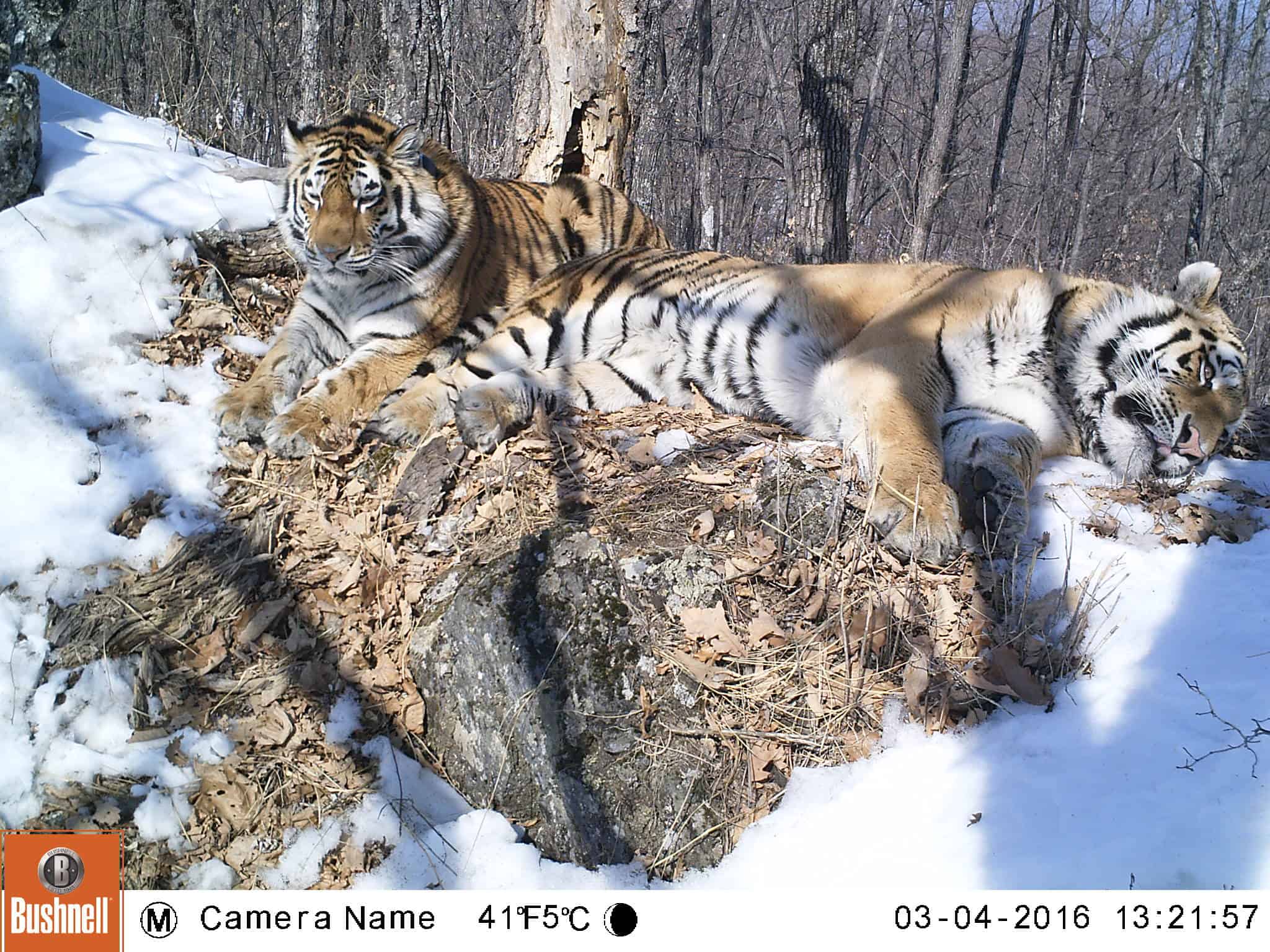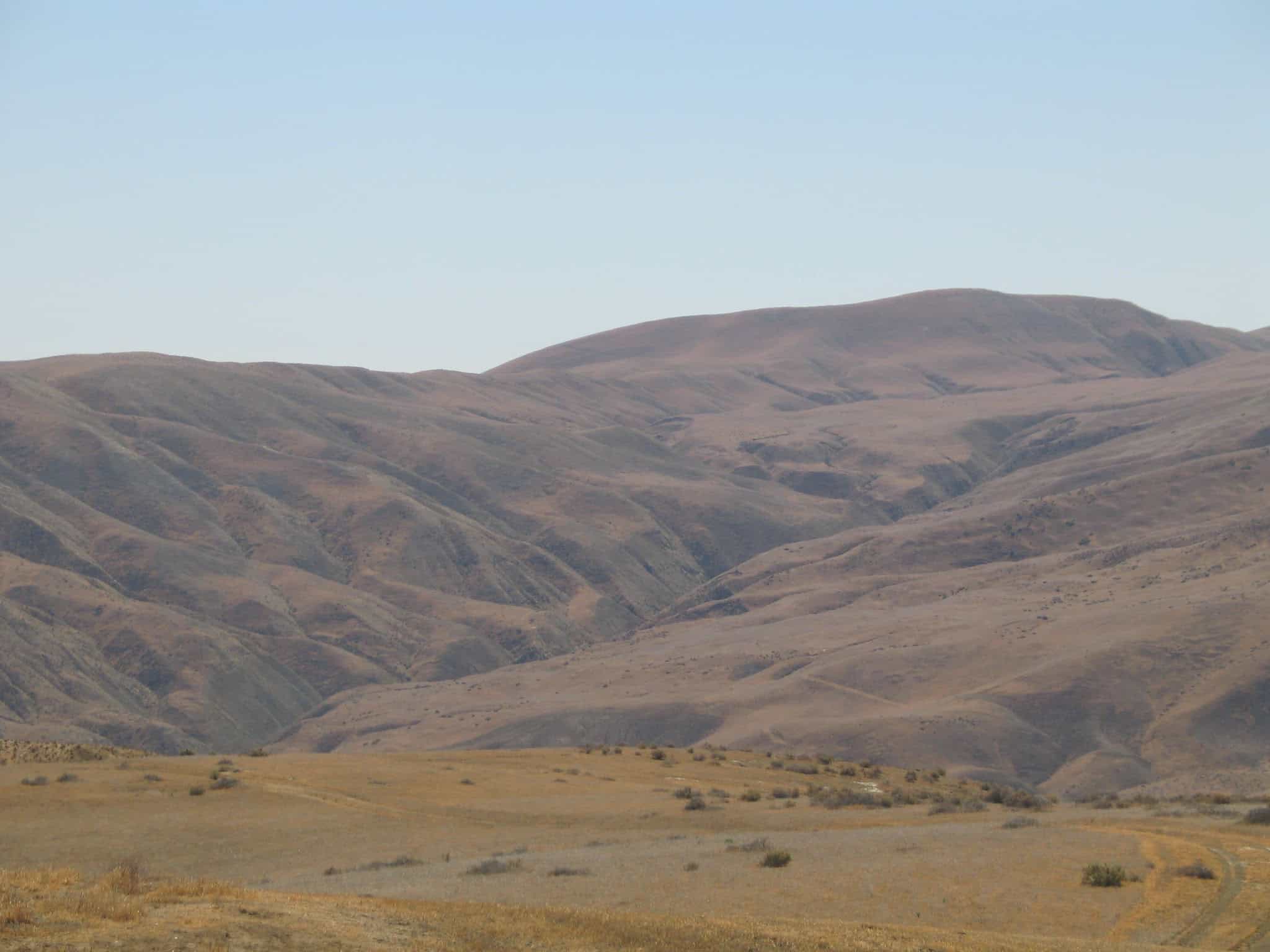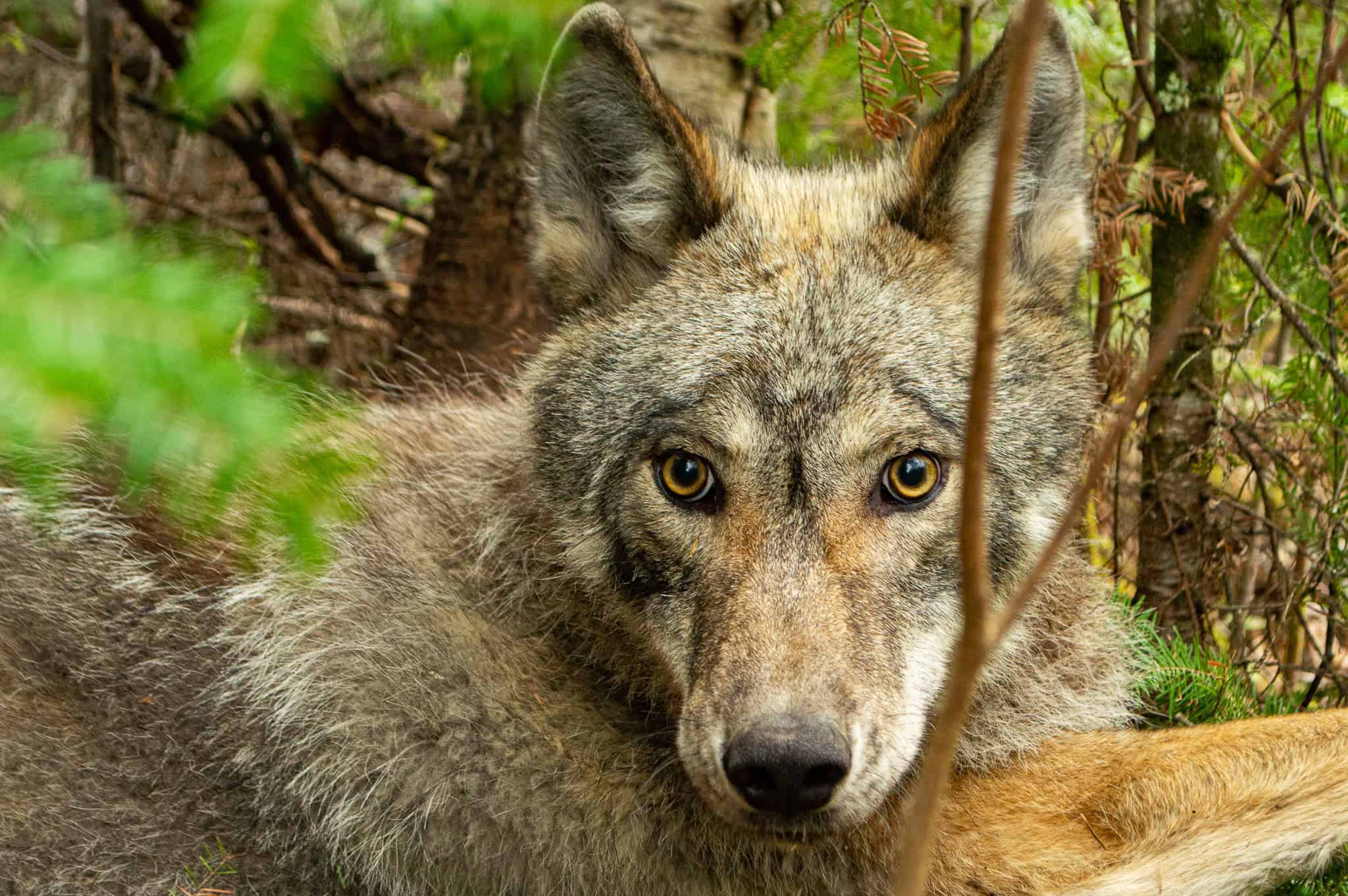Share this article
JWM: The new face of hunting
As the number of hunters wanes and agencies look to boost their ranks, they may be looking in the wrong places.
The next generation of hunters in the U.S. may look very different from past generations, researchers found. Instead of focusing on the usual white, rural males, recruitment efforts may find more success targeting interested hunters who are more diverse in terms of gender, race and ethnicity.
These potential hunters “look totally different from the current hunting population,” said TWS member Lincoln Larson, a co-author of a study of college students’ interest in hunting published in the Journal of Wildlife Management. “That was exciting for us — to see this profound interest in hunting in these groups that have no connection to hunting in the past.”
An associate professor of parks, recreation and tourism management at North Carolina State University, Larson and his team surveyed 17,203 undergraduate students and public universities in 22 states from 2018 to 2020 to gauge their perspectives on hunting.
Most current hunters fit the traditional mold, his team found. They were overwhelmingly white and male and came from rural areas. But the picture shifted when the researchers looked at potential hunters — students who had no hunting experience but were interested in trying it. Among that group, 47% were female, and 38% identified as Black or African American, Hispanic or Latinx, Asian, American Indian or other. Forty-three percent of these potential hunters came from urban hometowns, and 74% had no immediate family members who hunt.
“The most interesting thing to me is this potential hunting group,” Larson said. “If you can get them to understand hunting, to appreciate it, to support it and become a hunting advocate, that’s huge for the future of wildlife management and conservation in general.”
Hunting has historically played an important role in wildlife management and conservation in the United States. Hunting licenses help fund state wildlife agencies, and taxes on firearms and ammunition fund federal dollars that go to state wildlife conservation efforts.
But in recent decades, the number of hunters in the U.S. have been on the decline, resulting in so-called R3 initiatives to boost hunter recruitment, retention and reactivation. Those efforts may be missing the greatest potential for new hunters, though, Larson said.
“If you keep preaching to the choir, you’re going to get the same results,” he said. “Consistently, we’re seeing R3 efforts doubling down on the same populations: young, white males in rural areas. Many of those people would become future hunters without any sort of intervention.”
In still unpublished research, Larson looked at college workshops aimed at nonhunters and found what he said were promising results. Those programs may need to be structured differently from traditional hunting courses, though, he said, since their participants may be hunting for different reasons than their predecessors. Many have no cultural or family ties to the activity, Larson said, and they are more interested in “ethically-sourced meat” or connections to conservation than a trophy on the wall.
College is an ideal time to reach out to these potential hunters, Larson said, because it is a time when many young people are seeking new identities and new activities they may carry with them for the rest of their lives.
Recruiting college students may not just create more hunters, Larson said. It may create more support for wildlife conservation too.
“There is an opportunity here,” he said, “if we approach it the right way.”
Header Image: In a survey of college students, researchers found those interested in hunting came from more diverse backgrounds than traditional hunters. Credit: Vidal Nordli-Mathisen








